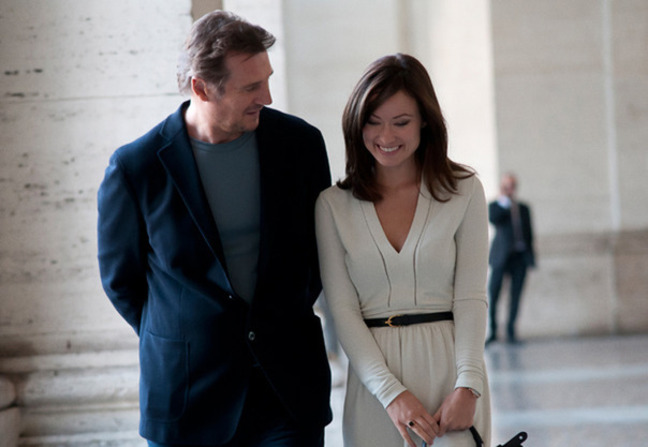The email sent will contain a link to this article, the article title, and an article excerpt (if available). For security reasons, your IP address will also be included in the sent email.
Just a few more Tribeca reports to go. Here's Diana on "Third Person."

In another chapter on writer stereotypes (see also: 5 to 7), Paul Haggis’ Third Person opens on Liam Neeson’s hulking handsome frame sitting at a hotel desk, staring at his computer, with an open bottle of red wine and an ashtray heavily weighted down by burnt out cigarette ends. In the midst of the toiling and typing, he hears a child’s voice say, “Watch me.” This phrase becomes an iteration throughout the film, linking together three stories of loss and trust issues. You know how Paul Haggis likes to link (see also: Crash). To paraphrase author Michael (Neeson), all three are weak, but each have strong, albeit bordering on cliche, choices.



 Return to Article
Return to Article